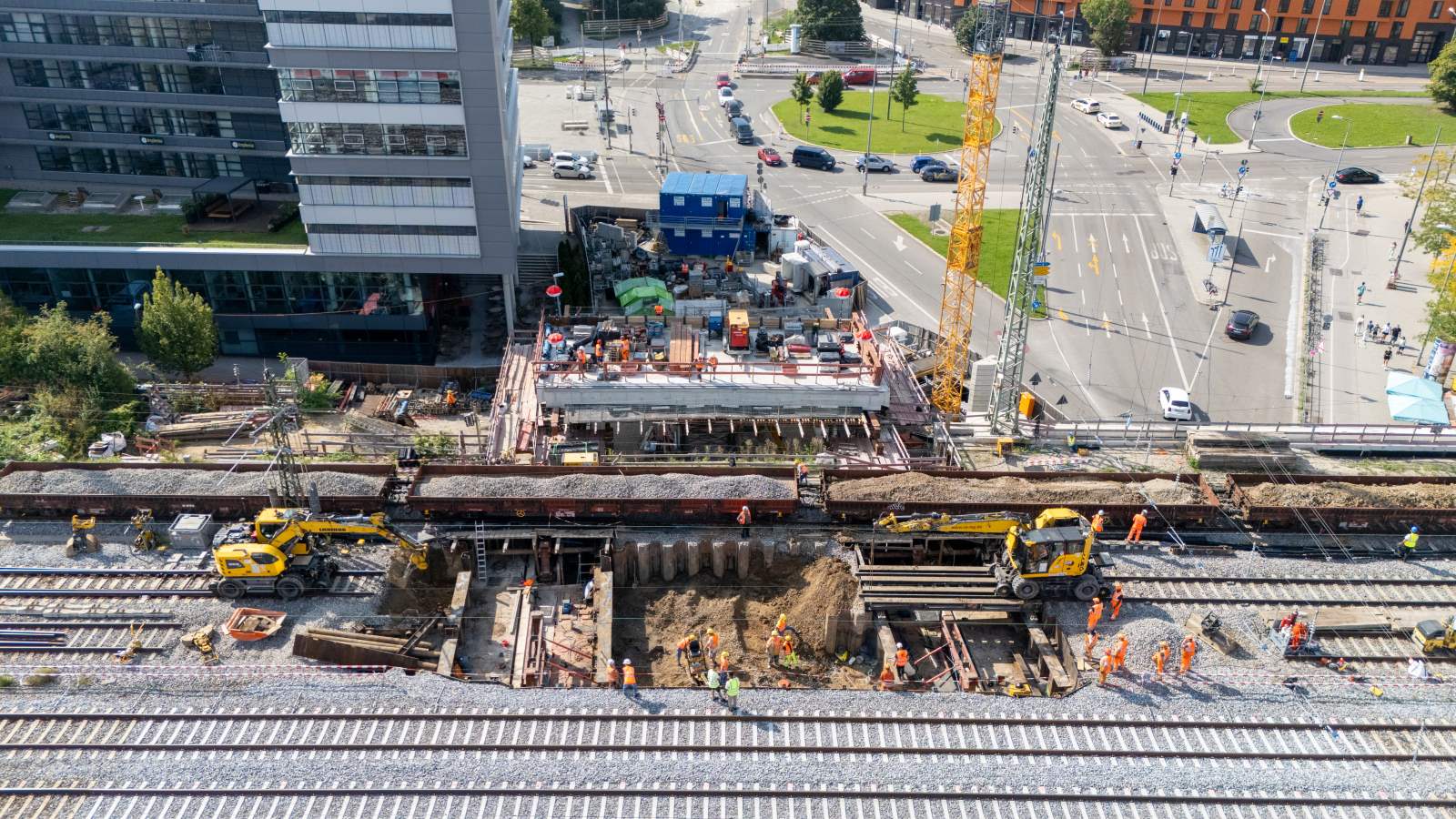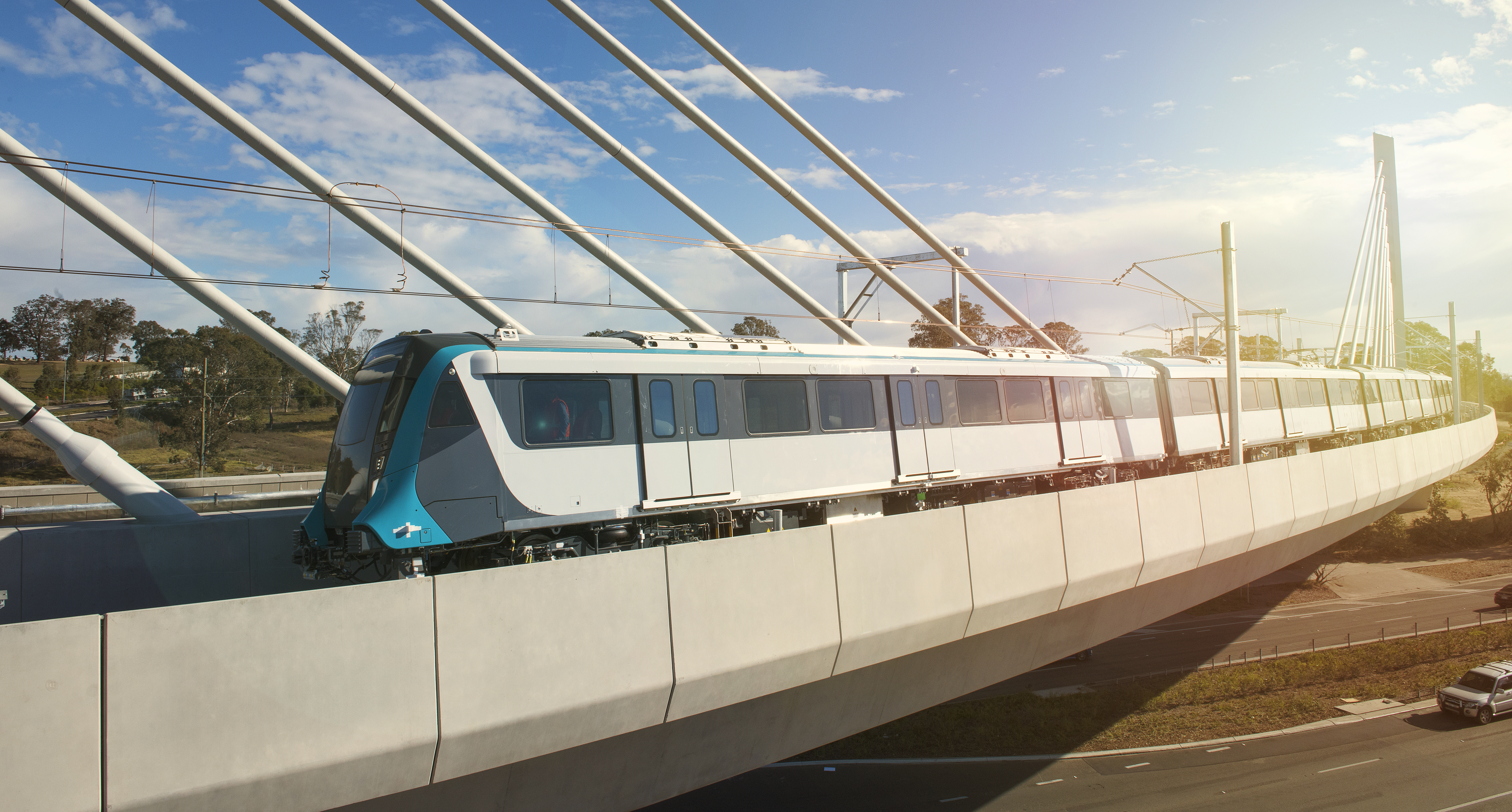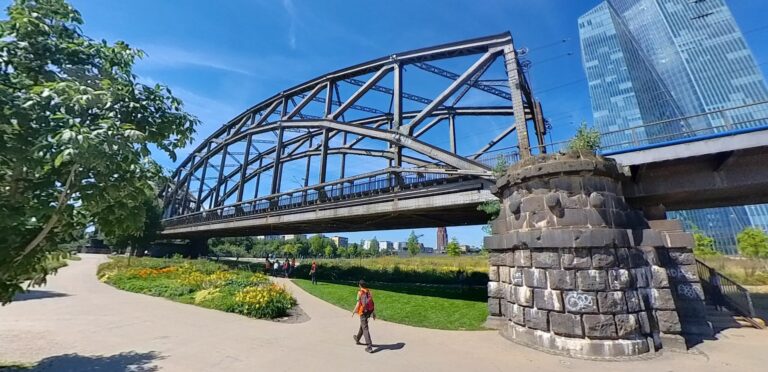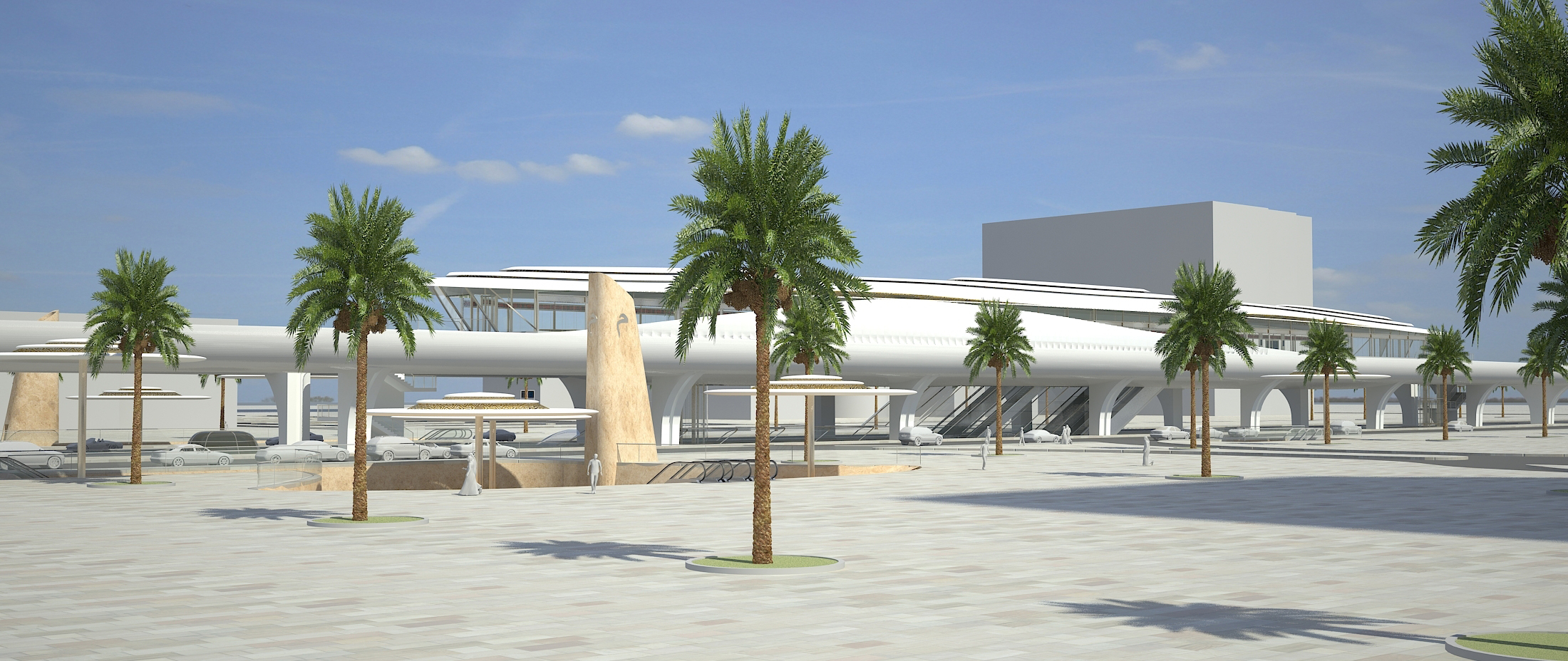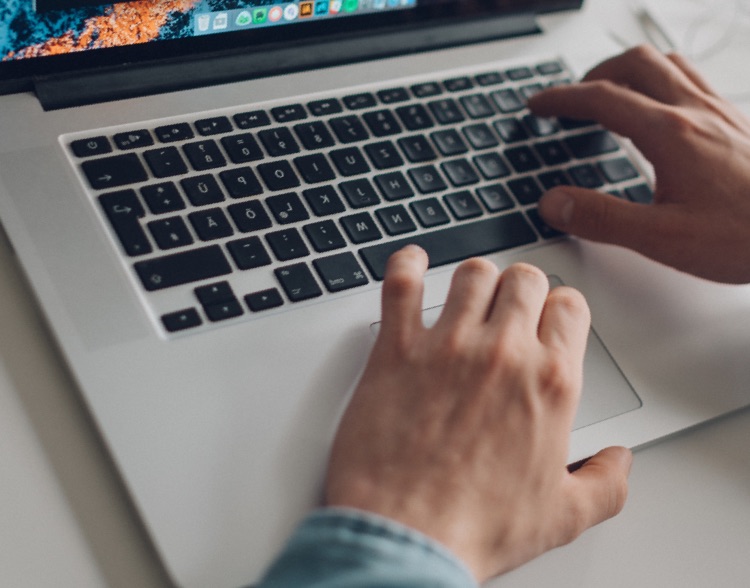Munich’s second core S-Bahn route
The Munich S-Bahn is a mainstay of public transport in the Bavarian capital. With around 840,000 passengers a day and more than 20 million kilometers traveled per year, it is one of the largest rapid transit systems in Germany. The first core route, which opened in 1972 in time for the Olympic Games, has now reached its capacity limits. All S-Bahn lines that travel through the center of the city have to pass through a single tunnel. This tunnel has become a critical bottleneck.
To solve this problem, a second S-Bahn core route is currently being built over the 11 kilometers separating Laim station in the west and Leuchtenbergring station in the east. This new route is intended to relieve some of the pressure on the existing core route and offer an alternative when operations are disrupted. It will also be part of a new express S-Bahn system, which will ensure more frequent service and faster connections. The additional capacity will help to accommodate the growing number of passengers and better connect the entire metropolitan region to Munich’s city center.
The middle section of the second core route is a seven kilometer tunnel that connects Munich Central and Munich East. The tunnel begins west of Donnersbergerbrücke station and ends east of Munich East. In addition to the existing Laim and Leuchtenbergring transfer stations, which will be rebuilt during regular operations, three new underground stations will be built. The new stations will be built at Munich Central, Marienhof and Munich East and are intended to relieve much of the pressure on the existing tunnel and create new transfer options.
The second core route project includes another important construction project: a new underpass at Laim station.
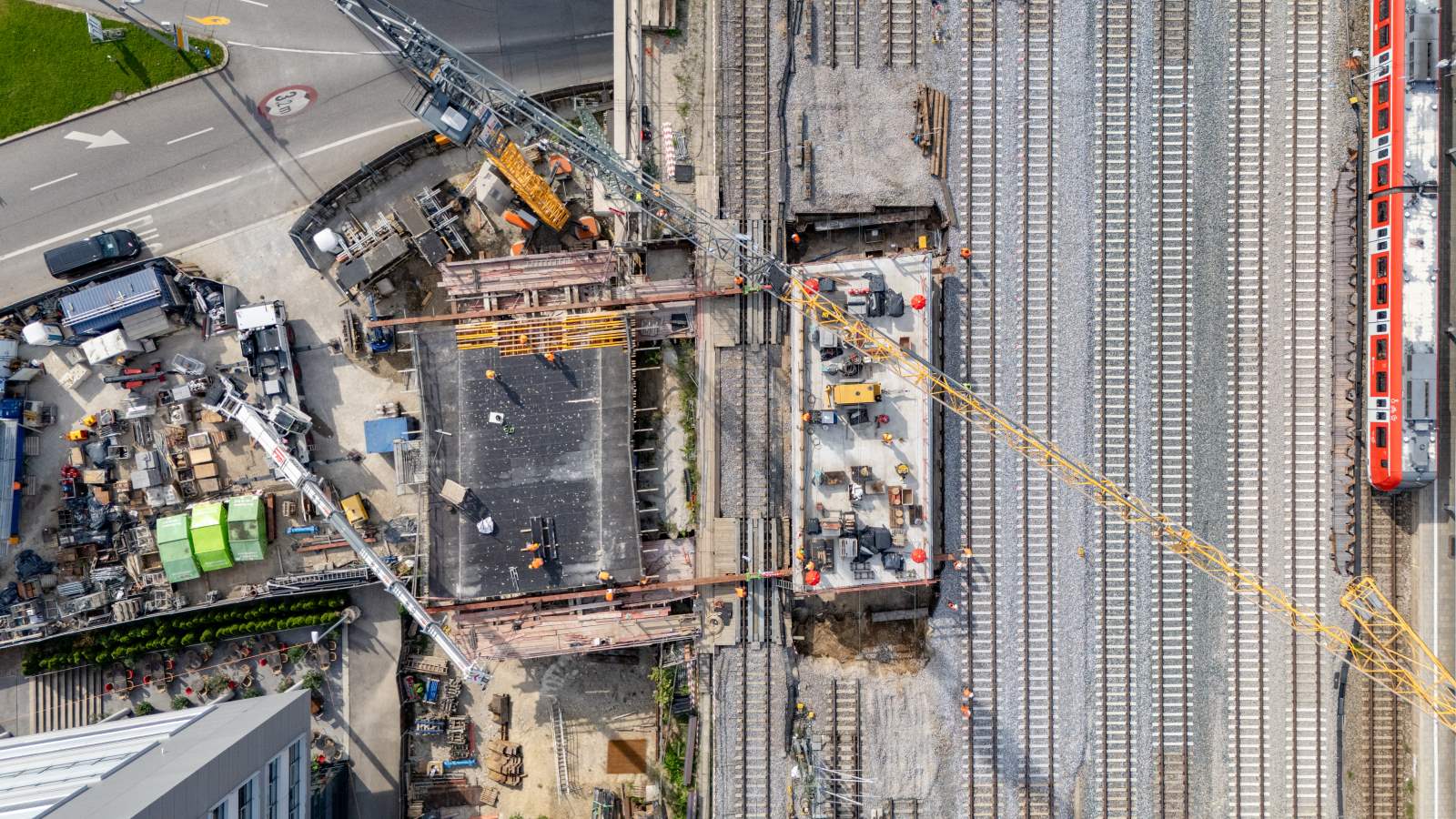
The underpass will provide a north-south connection for public transport and for pedestrians and cyclists. In order to build the underpass underneath the tracks at Laim station, provisional bridges were first installed to support the tracks. The bridges will gradually be replaced by the cover of the future underpass. The cover will take over the function of the provisional bridges and permanently support the load of the tracks running above it. This construction method ensures that rail service does not have to be interrupted while the underpass is being built and that the new structure is seamlessly integrated into the existing rail network.
In addition, various network-supplementing measures on the outer branches of the S-Bahn lines are part of the S-Bahn second core route to enable higher capacity and closer intervals in the inner city area.
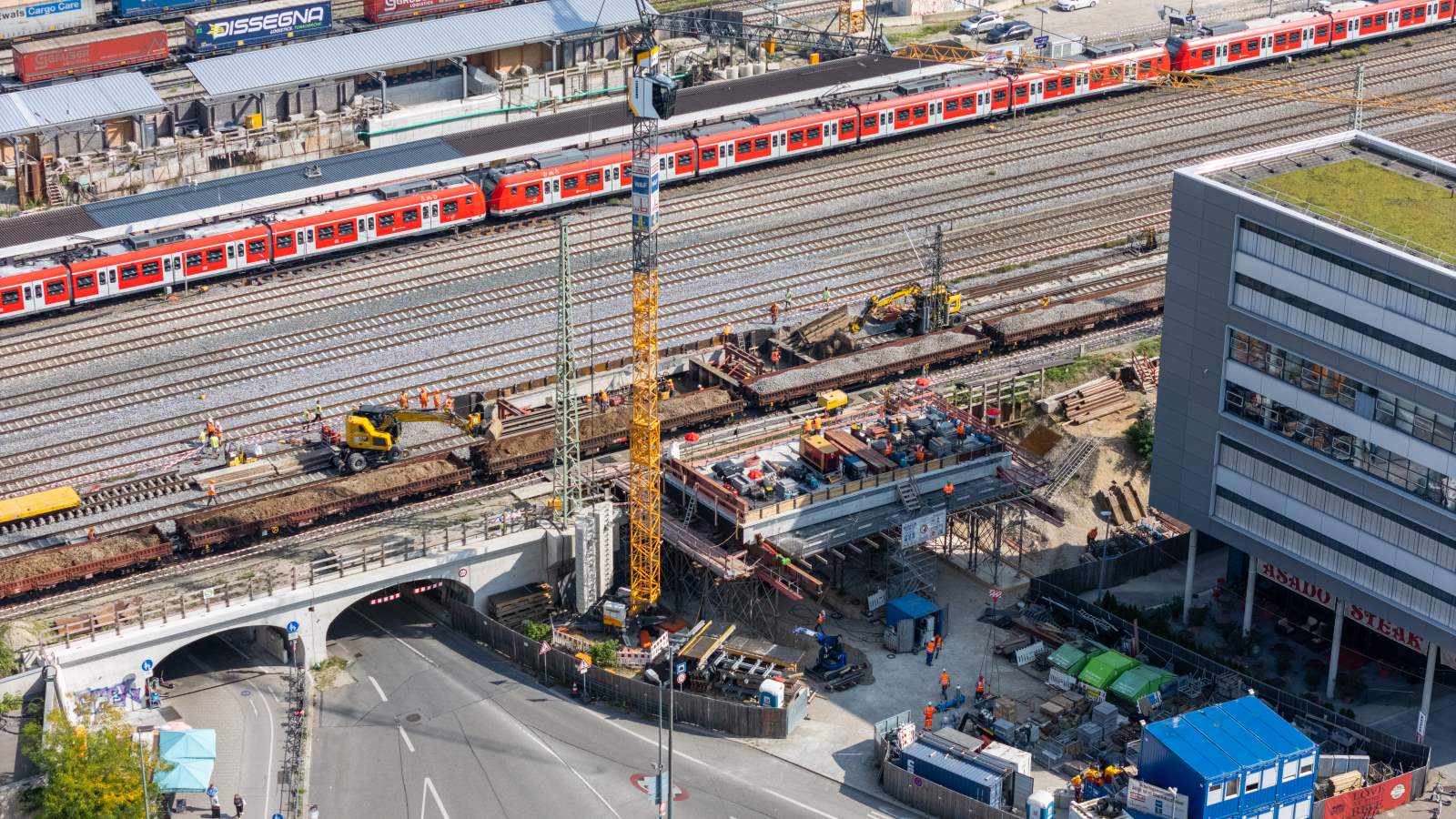
DB E&C is contributing its expertise to the major project in the areas of construction supervision, design, validation and assessment as well as environmental and geoservices. Following the successful support in the West Overground section, our teams are now also involved in the East Overground section. The focus here is on connecting the new tunnel tracks to the existing network and on the conversion work at Leuchtenbergring station. While the preparatory measures are already underway, the main work will begin at the end of 2026 and should be completed by 2033.
Once Munich’s second core route is completed, the S-Bahn network in Munich will become considerably more efficient and fit for the future.
Project data
- Munich’s second core route (S-Bahn), electrical power systems (Bavaria)
- Construction of a second electrified S-Bahn line between Laim and Leuchtenbergring S-Bahn stations
- Redesign and new construction of S-Bahn facilities at Laim station and Munich East
- Construction of new underground stations at Munich Central, Marienhof and Munich East
- Redesign of the above-ground stations at Laim and Leuchtenbergring
- Measures to supplement the network in the outer branches of the S-Bahn
- S-Bahn
- Length of route: 10.10 km
- Electrified
- Design speed: 80 km/h
- Number of lines: 12
- Number of tracks: 2
- Tunnel length: 7 km
- Number of stops: 5
- Tunnel
- Number of tubes: 3
- Type: tunneling
- Project type: new-build
- Underground cable installation
- Underground cable installation
- Length of the planned route: 10.10 km
- Passenger stations
- Construction during regular rail operations
- Project type: new-build
Scope of services
- Design Validation and Acceptance Inspection in the following areas
- Electrical energy systems
- Lighting systems
- Point heating systems
- Power supply
- Lightning protection
- Low-voltage distribution systems
- Overhead contact line systems
- Internal and external earthing
- Adaptation of the overhead contact lines (section insulators, catenary swivels, insulators, etc)
- Control and safety technology
- Signal locations and signal function
- Software changes in the signal boxes
- Cable systems
- Axle counters
- Intermittent automatic train-running control
- Train number reporting systems
- Train steering systems
- Electrical energy systems
- Design services for the following supplementary network measures (NeM)
- Meeting section St. Koloman – Aufhausen (NeM 08)
- Project scope:
- Double-track expansion between St. Koloman and Aufhausen
- Renewal of the St. Koloman and Aufhausen stops incl. platform extension
- Project order: LPH2-4 in the trades traffic systems, catenary systems, control and safety technology and electrical energy systems
- Highlights: Level crossings, noise barrier wall, new ESTW-Altenerding, difficult soil conditions require special attention to geotechnical engineering (caisson method)
- Project scope:
- Weßling siding and turning siding (NeM 16)
- Project scope:
- New construction of an approx. 210 m long siding and reversing track west of Weßling station
- Accessibility of Weßling station: New construction with extension and widening of the existing island platform in conventional construction including equipment (e.g. weather protection systems, lighting masts, etc.)
- Project order: LPH1-4 in the trades traffic systems, structural engineering, catenary systems, control and safety technology, electrical energy systems
- Two-track line Steinebach – Seefeld-Hechendorf (NeM 17)
- Project scope:
- Double-track expansion between Steinebach and Seelfeld-Hechdorf
- Accessibility of the Steinebach stop
- Project order: LPH1-4, 6&7 in the trades traffic systems, structural engineering, catenary systems, control and safety technology, electrical energy systems and mechanical engineering systems
- Highlights: Passenger underpasses, 3 railroad overpasses, 1 road overpass, railroad crossings, noise barriers, difficult ground conditions require special attention to geotechnical engineering (caisson method, ballast fill)
- Project scope:
- Project scope:
- Meeting section St. Koloman – Aufhausen (NeM 08)
- Geodesy
- Pre-construction measures for the entire area of the main line as well as compaction for the construction fixed point field in the Marienhof area
- Routing for the east area
- Construction supervision of all trades in the above-ground east section, including environmental construction supervision
- Geotechnical engineering construction supervision in the above-ground west/above-ground east section
- Assessing and supervising civil and underground engineering work
- Preparation of target/actual comparison from construction progress and expert opinion
- Geotechnical engineering approvals
- Waste management construction supervision
- Waste management, excavation monitoring, verification management
- Monitoring and technical supervision of soil excavation, building demolition and sampling
- Sampling of hazardous building materials, building rubble and excavated soil as well as preservation of evidence sampling
- Environmental construction supervision soil and water pollution control
- Monitoring compliance with soil protection requirements
- Checking the sampling of logistics/treatment areas before the start and after the end of use (preservation of evidence)
- Control of water law permits

